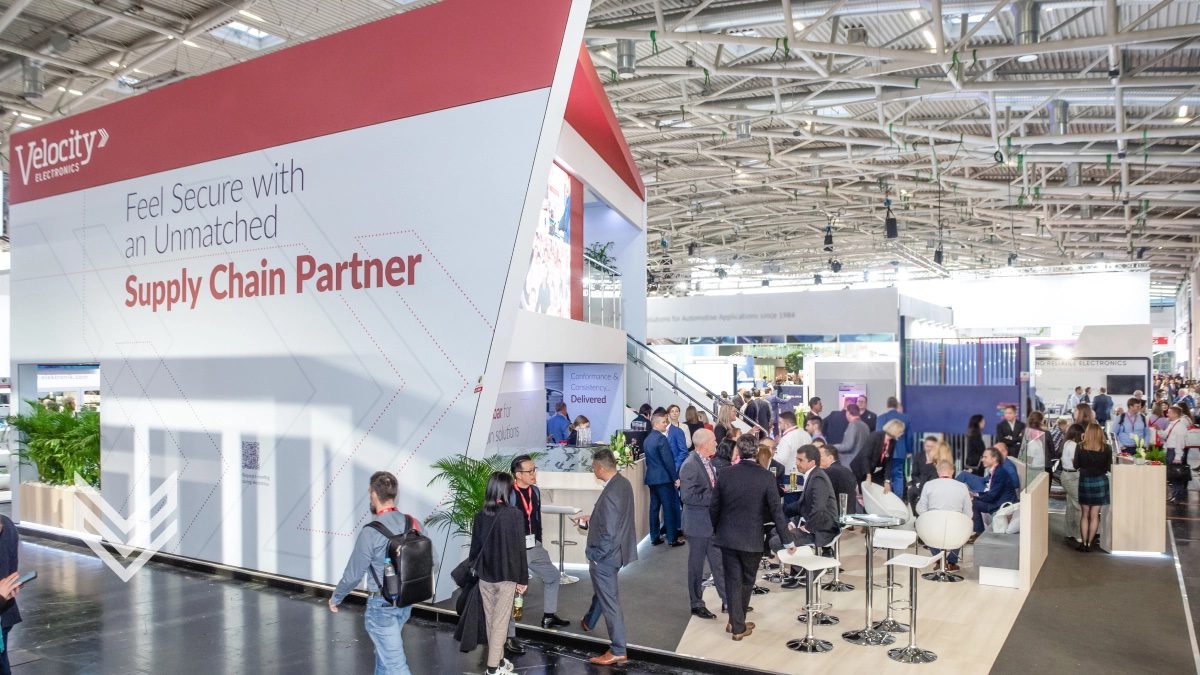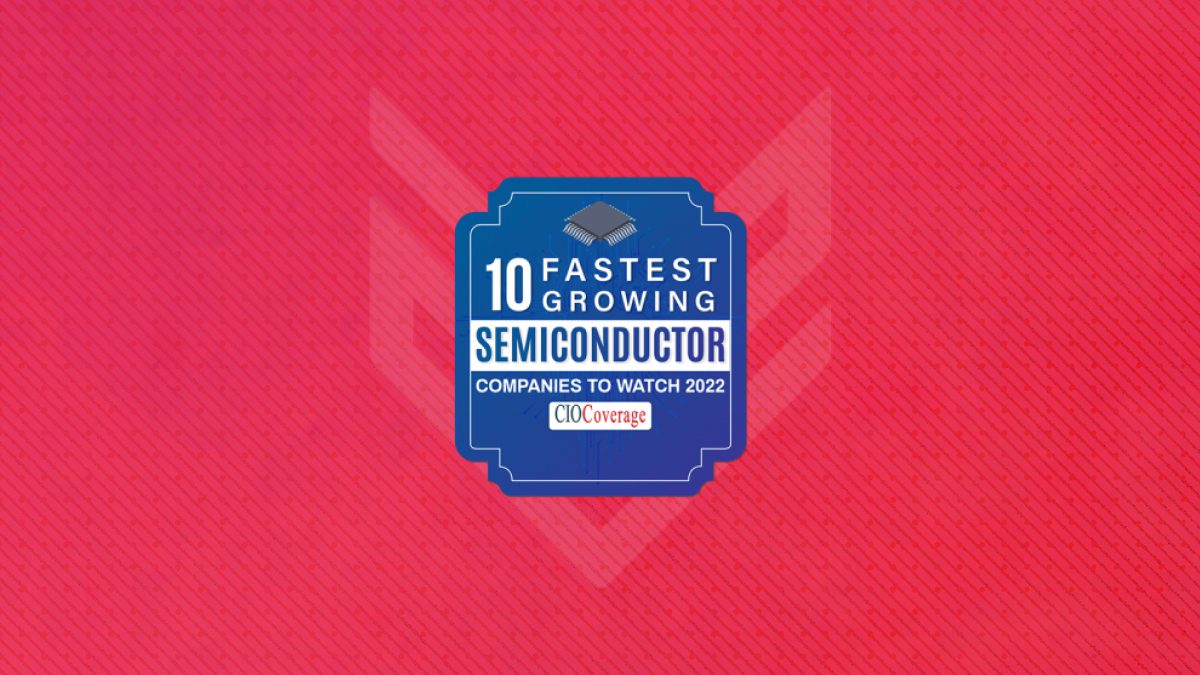Two months into 2022, the semiconductor industry shows no signs of resolving the shortages, bottlenecks, and other issues. As issues continue, many in the industry are utilizing creative solutions. With so many sectors impacted, what is the current plan for resolving issues in the most time-sensitive industries? What is the role of manufacturing plants? To learn more about this, continue reading this month’s industry update.
Surge in Demand: Is the US Powerless?
The surge in demand for semiconductors shows no sign of stopping! Recently, the Biden administration projected that the shortage will last at least until later this year. The shortage is particularly straining on the automotive and consumer electronics industries. In addition, some parts are not expected to be in supply until next year. With a demand increase around 17% higher in 2021 compared to 2019, the shortage in supply is accentuated. According to the Commerce Department report, this leaves the U.S. government “powerless” against the bottlenecks. Instead, it suggests increased production and supply-chain management may assist in dealing with the shortages and issues. While the shortage is making things difficult for all industries, the current plan focuses on resolving issues within the medical device, broadband, and automotive industries.
Manufacturing Plants’ Role in Supply Chain Disruption
Will more manufacturing plants relocate to the United States? It’s appearing that way! Many believe that, due to the current shortages, it is time for “onshoring.” Multiple companies, including General Motors and Toyota, are beginning to invest in U.S. plant expansion. For some, this looks like starting their first manufacturing plants in the states. For others, this looks like expanding existing plants. Though bringing manufacturing to the states has been in the works for quite some time, the impact of the pandemic hastened the moves, causing construction delays. It could be up to a few years before the plants are completed, fully certified, and for production to begin. Yet, the benefits still outweigh the cons.
While being closer in proximity to customers and more sustainable, the move also has other benefits such as offering higher wages to workers, providing more jobs, and more. In addition, U.S. manufacturing plants will not only help alleviate the current supply chain disruptions but are also expected to help meet the future surge in demand.
Moving to Mexico?
As some companies move to the states, others are moving their manufacturing plants to Mexico. This change is partly spurred on due to the trading tensions between the US and China. Tech companies believe the move will offer many benefits, especially in the server and automotive electronics sectors. This includes a quickly growing economy, a new pool of talent, affordable cost of living, and more.
Adaption and flexibility are unquestionably top values within the electronics industry. Despite the many hardships that continue to plague the market, companies within the industry are making changes to deliver exceptional outcomes to customers and business partners. At Velocity, we work hard to adapt every day. From initial contact to order fulfillment, we help increase your supply chain resilience so you can rest easy.



